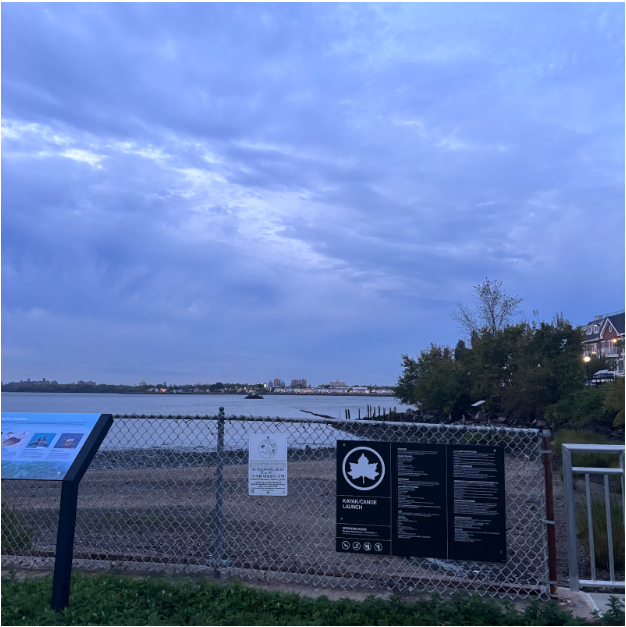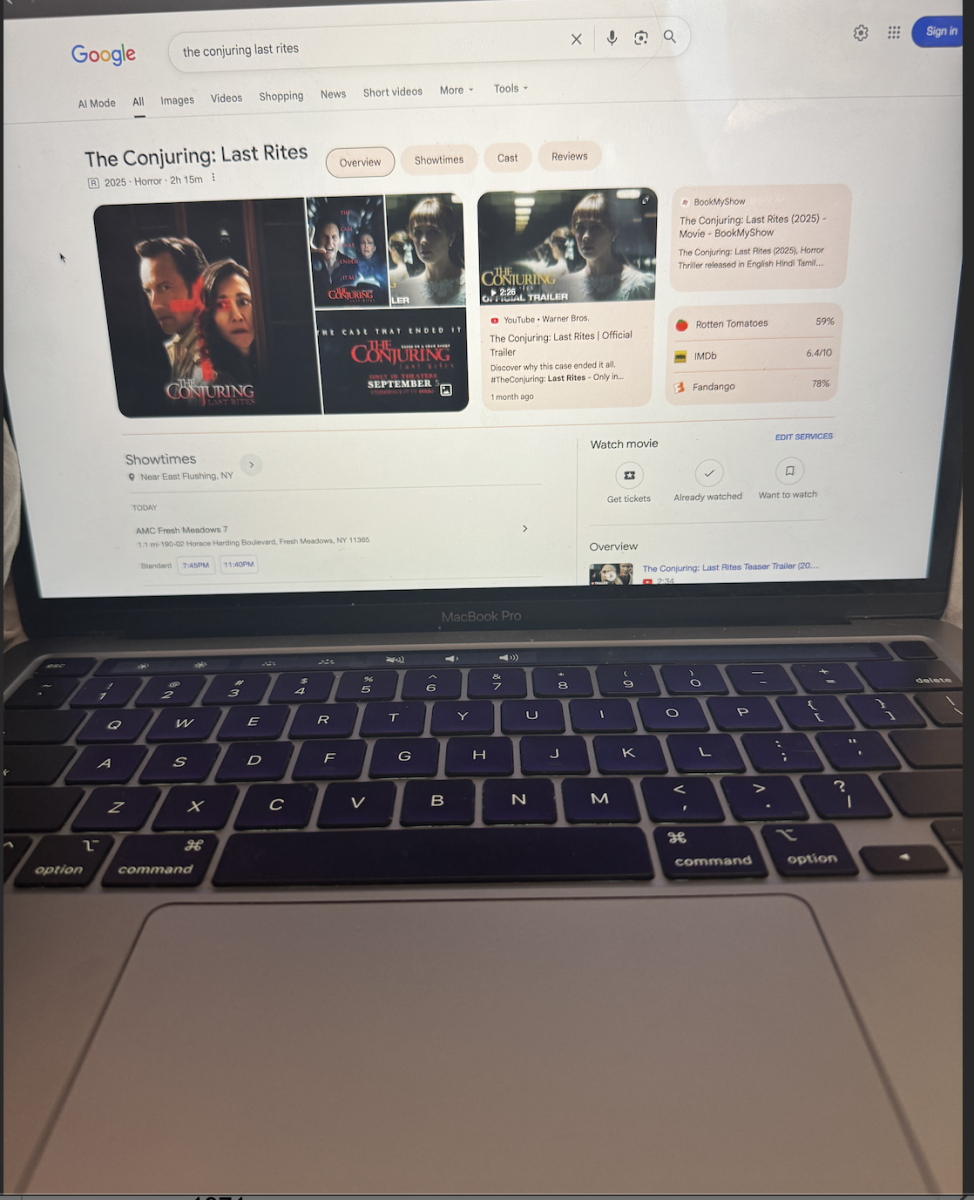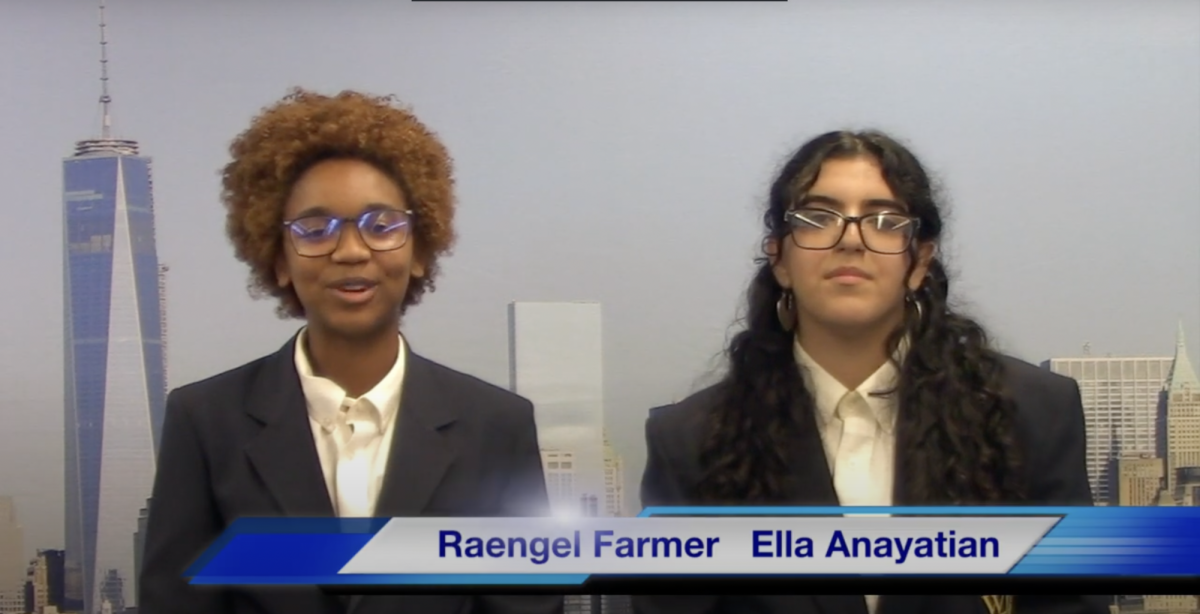On election day, being buried by the more advertised contests for Public Advocate and Queens District Attorney, New Yorkers quietly approved a referendum that may have massive implications for city elections. By a three to one margin, residents of the Big Apple voiced their approval for ranked-choice voting.
New York City, along with the vast majority of cities and municipalities within the United States, have relied upon a first-past-the-post system to conduct elections, a single round of voting where the candidate with the most votes wins.
While proponents have long lauded the system for delivering clear and decisive governing mandates, there has been an increasingly vocal movement to replace it with a system that is more representative of the electorate’s views.
Enter ranked-choice voting. In this system, voters will have the ability to vote for multiple candidates, ranking their choices by preference. In the first round of voting, if no candidate receives over 50% of the votes casted, the candidate with the least amount of votes is dropped and have their ballots distributed to the other candidates depending on the second preference of their voters. This process continues until one candidate receives a majority.
While the usefulness of this system could be lessened by our dominant two party system, it has already proven itself decisive.
During the 2018 midterms, the 2nd congressional district of Maine was a hotly contested election between incumbent Republican Bruce Poliquin and Democrat Jared Golden. In a first-past-the-post election, Poliquin would have won with a plurality, in part thanks to Maine’s strong independent vote. However, once the third party candidates were eliminated and their votes distributed accordingly, Golden came out on top.
New York City will be the largest electorate to implement ranked-choice voting, and success here could make big strides for the movement as a whole.
































